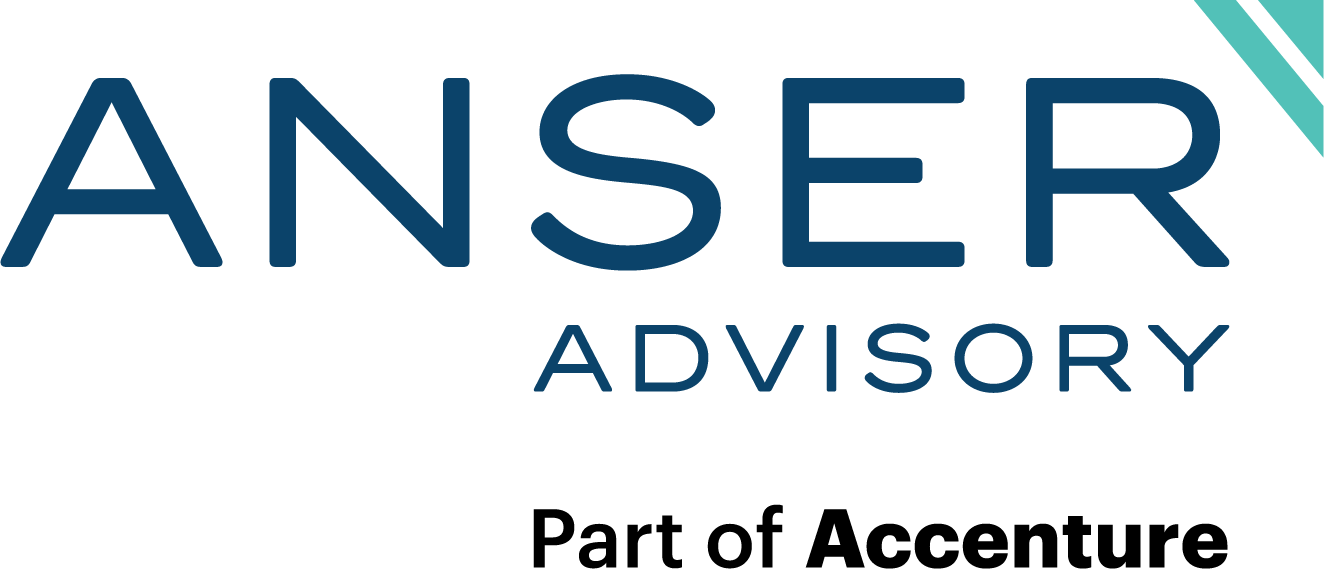Today’s complex construction projects undertaken by public agencies demand an experienced advocate to ensure the owner’s best interest in all aspects of the work. A constructability review—an independent, structured review of design documents by construction professionals— levels the playing field between project owners, contractors, vendors, and architects. The goal of a constructability review is to save the owner time and money by uncovering issues that may affect construction such as errors, omissions, uncertainties, material lead time, and conflicts. The review is designed to make certain that the plans and specifications reflect the intentions of the agency’s project team, and that documents are coordinated to reduce or eliminate ambiguities that can have a negative impact on the project. Benefits include reduced costs and schedules, a smoother construction process, and a reduction in public relations and legal issues.
How a Constructability Review Works
A constructability review (CR) is a critical thinking exercise – like dissecting a problem or putting together a puzzle. The CR is most effective when the design is 30, 60, and 90 percent complete. If project owners wait until the design is 100 percent complete to begin the review, implementing proposed changes may be unrealistic because of the costs of redesigning changes.
Early in the design, components of the project evolve extremely fast and it is difficult for all the disciplines (e.g. architects, engineers, construction managers, designers, contractors) to stay on top of the developing design. Hence, design errors can occur when the work of these professionals merge on a project. For example, a pipeline or utility conduit between buildings is required but is not shown on the plans. If this is not caught early in the design process, the contractor would be entitled to a change order. The objective of the CR is to minimize or eliminate these situations that may result in potential change orders and delay claims during construction by ensuring that the design documents are fully buildable – in addition to coordinated and complete.
The stages of a CR may include the following activities:
- Print out drawings and page through each sheet to become familiar with the project.
- Focus on the role of each trade discipline on the project: landscaping, civil engineering, architecture, structural, t, plumbing, HVAC, and electrical.
- Review each design sheet in detail and mentally build the components on that sheet by following all the steps a constructor would take. The CR process will determine if all the information is in the design necessary to build the project successfully. If any information is missing, the reviewer will add it to the list of items that need to be included in the plans by the designer. It is critical that the person performing the constructability review also has the experience to actually build the project.
- When questions or concerns are raised during the review, check to see if the answers may be found in the design document. If not, make a note to go back to the designer. For example, the process should identify existing underground utilities. If the reviews turn up undocumented utilities, then the designer must locate all of them on the design drawing.
When questions or concerns are raised during the review, check to see if the answers may be found in the design document. If not, make a note to go back to the designer. For example, the process should identify existing underground utilities. If the reviews turn up undocumented utilities, then the designer must locate all of them on the design drawing.
Definitions and Misconceptions
For almost four decades, Anser Advisory has utilized its proven CR approach to ensure project success for more than 100 public utility owners. We define a CR as a process to eliminate unnecessary future change orders and problems on the project.
Some owners may not see the value in initiating a CR since they are already hiring professional architects and contractors to perform the work for their projects. However, the CR scrutinizes the plans through the eyes of the contractor, looking for challenges that will need to be addressed in their bid price and construction approach. Among common issues that are identified during a CR include:
- Concealed items – such as underground utilities, electrical, or plumbing lines – aren’t identified properly (especially on a renovation project);
- The incompatibility of construction materials (e.g. stainless steel bolts may not be used with galvanized steel materials, increasing the likelihood that the two materials will corrode each other). During a CR, a check of materials determines whether any materials are at issue with each other.
- Mechanical and electrical rooms are not large enough to house all the equipment specified, or they may not have the required clearances by code;
- A lack of space in ceilings may make it difficult to install, fire protection, plumbing HVAC ducts, and light fixture.
- Staging or construction lay down areas.
- Space constraints during construction.
- Accuracy of the construction drawings.
Saving Time, Money, and Finger-Pointing
One common misconception is that CRs simply add one more layer of overhead to a project. In reality, these reviews are extremely important in that they help avoid unforeseen costs and schedule delays.
Since capital projects are expensive and funds are often tight, there is no room for error. When done correctly and methodically, the review will likely identify errors early in the design phase and avoid future change orders and claims by the contractor. For example, mechanical equipment and process equipment rooms need to be laid out with actual sizes/clearances of equipment, so to avoid unnecessary construction delays and changes if the rooms are not sized properly during design.
A CR also will help the owner develop a phasing schedule – especially when working at a facility that is open and operating during construction like most treatment plants and facilities.
No matter the size, all projects benefit from a properly conducted CR. Not only do they reduce the need or scope of change orders, claims, and schedule delays, but they also go a long way in preserving a better relationship between all parties on the project.
If you are interested in discussing the benefits of a constructability review, visit our Water/Wastewater landing page, or contact Jonathan Smith, P.E., QSD, Senior Vice President / Managing Director
Meet the Author
Thomas Merritt
Executive Vice President -
Management Central / All Markets



